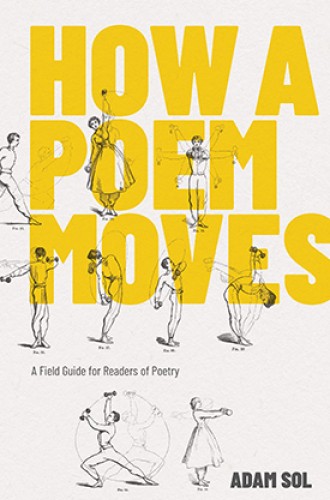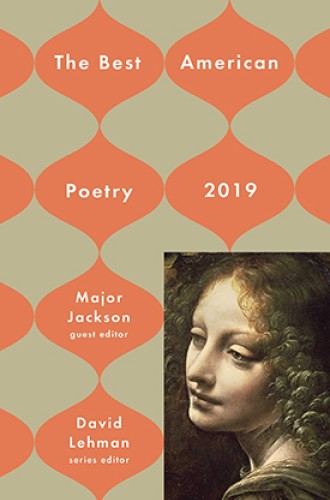At a ministerial meeting I attended last fall, a pastor shared with the group that he’d used his summer vacation to read through the back issues of the Christian Century that were stacked in a pile on his desk. He reported that in his discipline of reading each issue from cover to cover he’d felt “surrounded by the communion of saints.” He said he’d read every word—except the poems. The conversation moved on, and the pastor never explained why he skipped the poems.
In his introduction to How a Poem Moves, Adam Sol writes that he has known many enthusiastic readers of fiction and nonfiction who are “afraid of poetry,” meaning that “they fear they don’t get it.” An editor and blogger, Sol invites readers to approach a poem as they might approach a painting or a dance performance: as a work of art. Then questions of meaning will be subsumed in receptive enjoyment, allowing for emotional, spiritual, and aesthetic reaction to the poem.
Sol believes that anyone who tackles challenging essays, articles, and interviews is well equipped to appreciate the verbal art of poems. His goal is modest: to encourage the kind of readers who dive into articles in their fields of interest, or plow through novels, to take a moment to enjoy a poem.







